Omega-3 EPA
5 in stock
- Decreases risk of arrhythmias, which can lead to sudden cardiac death
- Decreases triglyceride and bad cholesterol levels
- Decreases growth rate of atherosclerotic plaque
- Can slightly lower blood pressure
- Helps to protect against heart disease
- Helps improve endocrine function
>>>Read More
12,060CFA
5 in stock
Detailed Product Description / Suplement Facts
Omega 3 Benefits
- Omega 3 decreases risk of arrhythmias, which can lead to sudden cardiac death
- Omega 3 decreases triglyceride and bad cholesterol levels
- Omega 3 decreases growth rate of atherosclerotic plaque
- Omega 3 can slightly lower blood pressure
- Omega 3 helps to protect against heart disease
- Omega 3 helps improves endocrine function
- Omega 3 improves overall health by helping to nutritionally support the natural control of blood lipids, such as cholesterol.
- Omega 3 helps prevent heart disease, cancer, depression and Alzheimer’s.
- Omega 3 helps in the treatment of rheumatoid arthritis, diabetes, ulcerative colitis, Raynaud’s disease and a host of other diseases.
Omega 3 Overview
The foods you buy in the market today are almost guaranteed not to contain any (or very little) of the essential fatty acids (EFA’s) that are typically found in fats and oils. The two largest categories of fatty acids are best recognized as the Omega 3 and Omega 6 groups. Both of these essential fatty acid groups are vital for good health. They both perform slightly different functions in the body, most of which are essential for optimal health! Essential fatty acids like EPA and DHA are derived from different sources, and are a part of several chains of metabolic events in the body that prevents disease, assist the transport and uptake of oxygen, maintain brain function, maintain the immune system, cardiovascular health and keep hormone levels where they should be as we age.
EFA deficiencies in today’s society are directly associated with cardiovascular disease, cancer, diabetes, multiple sclerosis and other degenerative conditions.
The proportion of these EFA’s in the diet has become very unbalanced toward the Omega 6 side of the scale. This has led to a host of sub-clinical disease states that range from hormonal disruptions to immune dysfunction. The proper balance/ratio of these nutrients is imperative for optimal health. Omega 6 and Omega 3 essential fatty acids are best consumed in a ratio of about 3:1 – that is: three Omega 6 to one Omega 3.
Omega 6 Fatty Acids (e.g. linoleic acid) These EFA’s are in polyunsaturated fats and are found in unrefined safflower, corn, soy, canola, meat, and sesame and sunflower oils. These oils are overabundant in the typical diet, which explains our excess omega-6 levels. Avoid or limit these oils.
Omega 3 Fatty Acids (e.g. alpha-linolenic acid) found in oily fish, linseed or flax oil, hemp oil, soybean oil, pumpkin seeds, walnuts, dark green vegetables, and wild game.
The diet in the west ranges from between 10 – 20 to 1 in favor of omega 6, which is not good for health. We are eating too much omega 6 fat and not enough omega 3 fats. This increase and excessive intake of omega 6 can cause increased water retention, raised blood pressure, an increase in allergic responses and increased blood clotting. Studies have shown that taking EPA+DHA everyday significantly reduces deaths from heart disease.
NG4L’s natural marine lipid concentrate provides a dietary source of the valuable Omega-3 fatty acids, Eicosapentaenoic Acid (EPA) and Docosahexaenoic Acid (DHA). The most recent research has revealed important new evidence that a balanced combination of these marine lipids in the diet improved overall health by helping to nutritionally support the natural control of blood lipids, such as cholesterol. This helps to protect against heart disease, improves endocrine function and at the same time supports many enzyme functions in the body, which play a key role in neurological functions as well.
A Purdue University study has showed that kids low in Omega-3 essential fatty acids are significantly more likely to be hyperactive, have learning disorders, and to display behavioral problems. Omega-3 deficiencies have also been tied to many conditions, including the following: dyslexia violence depression memory problems, weight gain, cancer, heart disease, eczema, allergies, inflammatory diseases, arthritis and diabetes.
The human brain is more than 60% structural fat, just as your muscles are made of protein and your bones are made of calcium. But it’s not just any fat that our brains are made of. It has to be certain types of fats, and we no longer eat these types of fats like we used to.
Worse, we eat man-made trans-fats and excessive amounts of saturated fats and vegetable oils high in Omega-6 fatty acids, all of which interfere which our body’s attempt to utilize the tiny amount of Omega-3 fats that it gets.
Other parts of our bodies also need Omega-3 fatty acids. Symptoms of fatty acid deficiency include a variety of skin problems such as eczema, dry skin, alligator skin “Chicken skin” on back of arms, thick patches of skin, and cracked heels and fingertips. Other symptoms are dandruff, lowered immunity, dry eyes, frequent urination, fatigue, poor wound healing, irritability, dry unmanageable hair, frequent infections, attention deficit, hyperactivity, learning problems, soft nails, brittle and easily frayed nails, patches of pale skin on cheeks, allergies and excessive thirst.
Imagine your brain conducting some routine maintenance on your dopamine and serotonin receptors (implicated in both ADD and mood disorders). These receptors are composed of an Omega-3 fatty acid called DHA. If you don’t have much DHA in your blood, man-made trans-fat molecules may be used as a construction material instead. But trans-fats (hydrogenated oils) are shaped differently than DHA: they are straight while DHA is curved.
The dopamine receptor becomes deformed and doesn’t work very well. Repeat this scenario day after day, year after year, and you could wind up with problems like depression and problems concentrating. This problem is most severe for a child whose brain is still developing.
A lack of highly unsaturated fats is particularly noticeable in connection with brain and nerve functioning.
Now imagine a child in school learning math. The act of learning requires the brain to form new neural pathways. DHA is needed, especially for the delicate neural synapses, which are composed entirely of DHA. This child, like the vast majority of children, eats almost no Omega-3 fatty acids. What does the brain do?
Again, it struggles and finally uses other types of fats, which are the wrong shape. The neural network develops slowly and is defective. The child has learning and memory problems as well as behavior problems.
In a study of learning ability, rats were raised on either a diet that was deficient in Omega-3 fatty acids or one that was nutritionally complete. Initially, both groups of rats had similar numbers of synaptic vesicles.
After a month-long learning program, however, the Omega-3 enriched rats had considerably more vesicles in their nerve endings and also performed markedly better on the tests. This study suggests there may be a direct connection between the amount Omega-3 fatty acids in your diet, the number of synaptic vesicles in your neurons, and your ability to learn.
Within the next 5 or 10 years the population at large will become familiar with the issue of fatty acid deficiency and the harm causes by transfats, and there will be significant changes in the way food is formulated and marketed.
In response to growing public pressure and the rising number of studies implicating transfats, the FDA has announced a new rule that will require the transfat content of foods, but it won’t become effective for a few years. Companies are beginning to market omega-3 foods, like tuna and eggs from chickens fed with high-omega 3 foods. Baby food companies like Gerber are talking about adding DHA to foods (meanwhile the same food still contains transfats). In Japan parents have been giving their kids DHA supplements for years to improve their grades.
Research has shown that the diets of hunter/gatherers were rich in Omega-3’s. They ate a mix of meat, fruits and vegetables, with little or no grains. It turns out that cows, chickens and other animals have much higher levels of Omega-3s when they are fed by “free-range” methods because they eat lots of green leafy vegetables. On the other hand, if they are fed grain, their Omega-3 levels crash. Wild game is much healthier to eat and it is much leaner than farm-raised animals.
Taking NG4L’s Omega 3 EPA may be the answer in helping the bring balance back into your diet and your overall health! That’s because the NG4L omega-3 is high in two fatty acids crucial to human health, DHA and EPA. These two fatty acids are pivotal in preventing heart disease, cancer, and many other diseases. The human brain is also highly dependent on DHA – low DHA levels have been linked to depression, schizophrenia, memory loss, and a higher risk of developing Alzheimer’s. Researchers are now also linking inadequate intake of these omega-3 fats in pregnant women to premature birth and low birth weight, and to hyperactivity in children.
Take NG4L’s Omega 3 EPA every day to maintain your good health!
Directions
Adults take one softgel three times a day, preferably with a meal.
Warning
Pregnant women, nursing mothers and children should avoid use of Omega EPA unless a physician recommends it. Because of possible antithrombotic activity, those with hemophilia and those taking warfarin (Coumadin) should check with their doctor before use.
| Weight | 108 g |
|---|
Based on 0 reviews
Be the first to review “Omega-3 EPA” Cancel reply
Related products
-
All Products, Steaz Energy Drinks
Steaz Yerba Mate – Berry
Rated 5.00 out of 5(1)- Elevates your energy and conscience
- Eliminates physical and psychological fatigue and muscle pain
- Strengthens the heart and cardiovascular system
- All natural – Nothing artificial – No preservatives!
>>>Read More
SKU: n/a

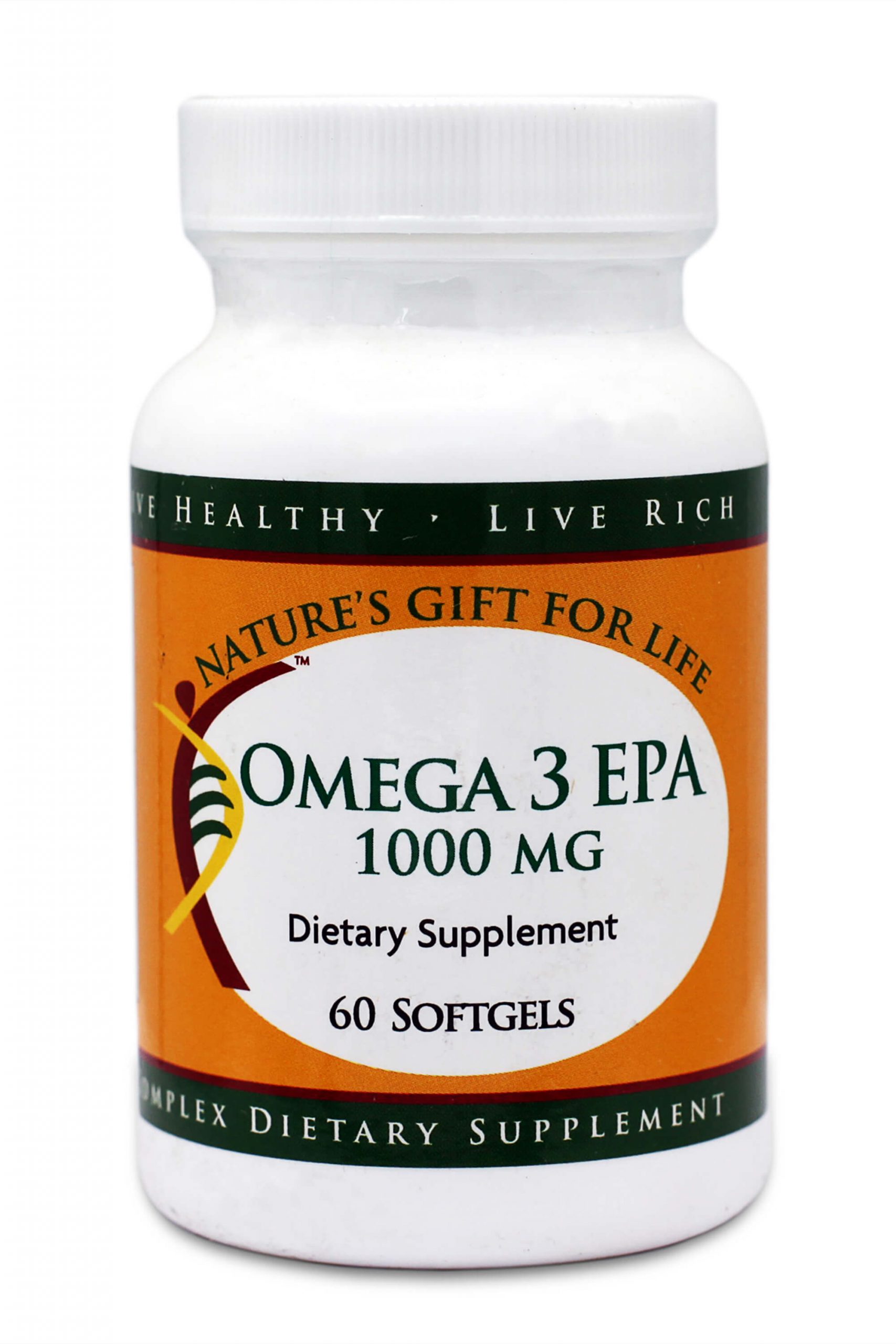
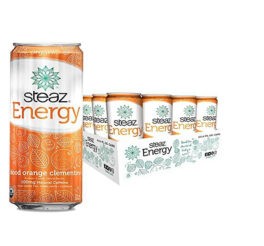
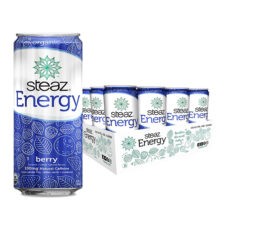
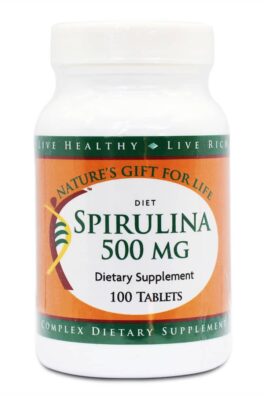
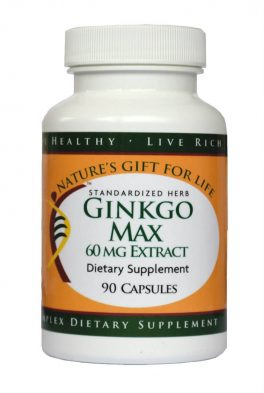
There are no reviews yet.